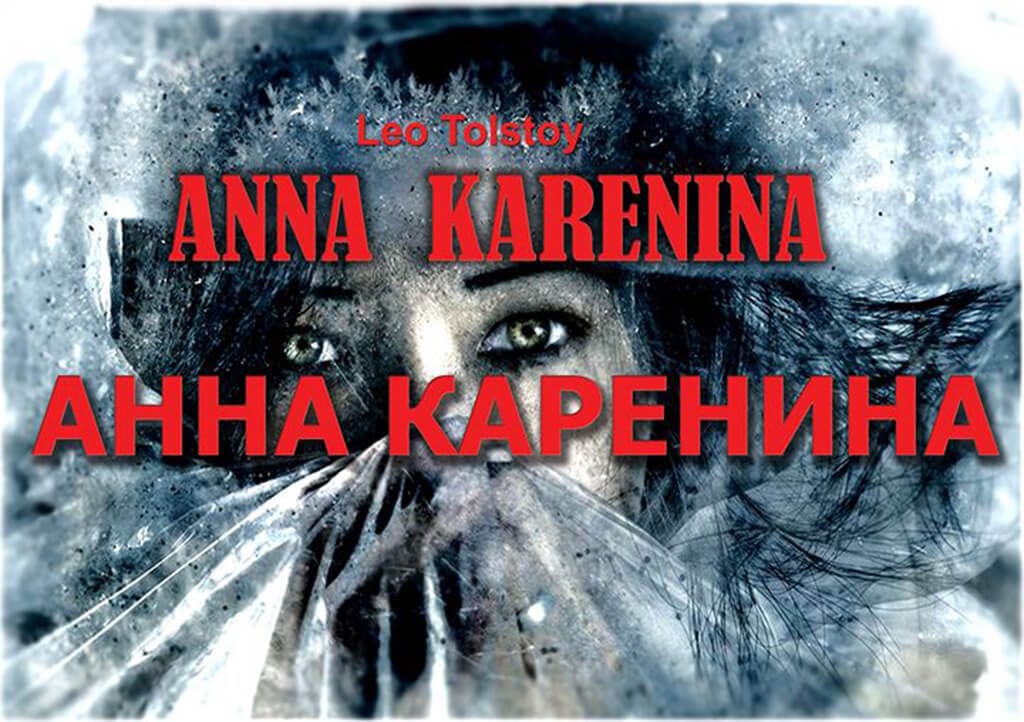Art-Vic’s new production of Anna Karenina is performed without a set, against a black backdrop decorated with train track patterns. Before the play even starts, we are reminded of the story’s famous finale – and the opening scene, which sees Anna’s son Seryozha playing with a toy train, drives this point home. The arrivals and departures of various trains tie the production together and foreshadow its resolution in a subtle but noticeable way. This bodes well for the performance as a whole; it is concise and coherent, remaining faithful to the novel but trimming much of the fat of Tolstoy’s epic, focusing closely on the lives and relationships of Anna, Dolly, and Kitty.
Although the train track patterns on the backdrop are effective, the lack of set and props is sometimes a disadvantage in this production: it is often unclear where the action is taking place, and certain scenes (such as Kitty and Levin’s engagement) would be improved by the addition of more props and staging. The costumes are somewhat lacklustre – while not really trying to emulate late nineteenth century fashions, the costumes seem to be trying to nod towards the original context of the novel (particularly Levin’s clothes, and the forma lwear sported by Stiva and Anna), but the overall impression is neither one of fin de siècle opulence, nor of a contemporary breath of fresh air.
Despite the lack of context provided by staging and costumes, the acting is sound – Norfolk in particular gives an excellent performance as Stiva, with Morgan and Stathers also both deserving of recognition for their roles as Karenin and Levin, respectively. The direction is clear for the most part, but some scenes – such as the ball scene – could do with more impressive choreography. The play covers a period of several years, and it is often difficult to follow the passage of time without prior knowledge of the story; this confusion, however, is the only real problem with the production.
Clocking in at two hours, including interval, this is a fairly short production of Anna Karenina, but for the most part it works. The piece feels coherent and complete, and the cuts (such as the exclusion of Levin’s brother from the storyline) work in its favour, inviting us to focus on the domestic drama of certain households rather than attempting to address the whole of Russian society, as Tolstoy originally did. Although Art-Vic is not casting a new light on the story, and the production could do with some work to make it truly impressive, this is an enjoyable and faithful take on a classic.

